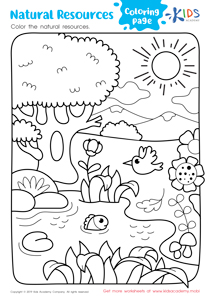Counting skills Normal Kindergarten 2D Shapes Worksheets
4 filtered results
-
From - To
Discover our engaging "Counting Skills Normal Kindergarten 2D Shapes Worksheets," designed to enhance learning through fun activities. These worksheets help children identify and count various 2D shapes like circles, squares, and triangles. Crafted to boost counting as well as shape recognition skills, each sheet combines colorful illustrations with educational exercises. Perfect for young learners, these printables offer a mix of challenge and excitement, ensuring children grasp core mathematical concepts while enjoying the process. Ideal for both classroom and home use, our worksheets support foundational skills that are crucial for early education development. Download now and watch your child’s skills flourish!


Count the Shapes Worksheet


Using Squares to Make Rectangles Worksheet


Finding Corners Worksheet


Gingerbread Man Geometry Maze Worksheet
Counting skills and knowledge of 2D shapes are foundational elements in early math education that provide both immediate and long-term benefits. For kindergarten students, mastering counting isn't just about rote learning of numbers; it builds number sense, logical thinking, and the ability to understand quantity and comparisons, which are crucial for problem-solving. It also aids in developing a child's ability to follow sequences and recognize patterns, skills essential for advanced mathematics and other academic areas.
Understanding 2D shapes, on the other hand, helps young learners grasp the basics of geometry. Recognizing and naming shapes such as circles, squares, and triangles improves children's spatial awareness, language development, and visual processing skills. This knowledge is applied in everyday tasks, from reading and writing to participating in sports and music.
For teachers, focusing on these skills helps tailor instruction to support all areas of a child's development, including cognitive and physical aspects. For parents, engaging with children through counting games and shape-based activities not only reinforces classroom learning but also strengthens the parent-child bond and promotes a lifelong love for learning. Overall, both counting skills and understanding 2D shapes are key to building strong, versatile learners who will excel across various disciplines.
 Assign to My Students
Assign to My Students












